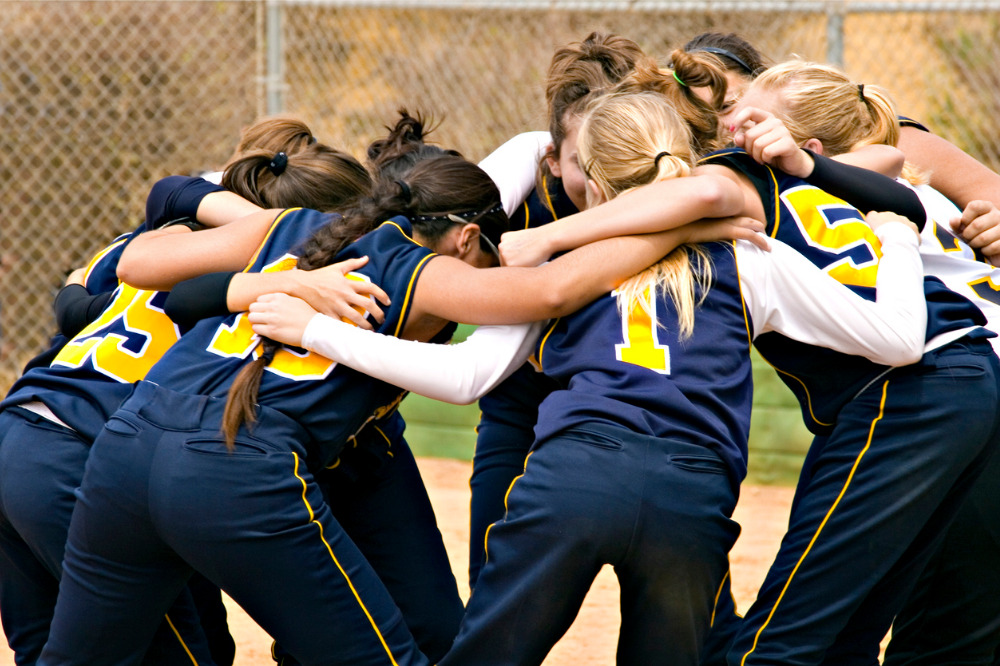
A growing body of research suggests participation in organised sports can lead to better academic performance and teach students important life skills that can help them thrive.
However, recent studies on physical activity have also found that young people in Australia are increasingly sedentary and the issue is most pronounced among girls, with almost 90% of those aged 11 to 17 not getting enough exercise.
But the state of Victoria is bucking this trend, with researchers from Victoria University and Federation University Australia finding greater involvement in community sports among Victorian girls before the start of the pandemic.
The group analysed more than five million participation records of the state’s 10 most popular sports between 2015 and 2019 and found that female participation rates rose across all age groups, particularly for girls aged five to 14.
About 34,000 more girls in the age group played sports in 2019 compared to four years earlier, rising about 5%, including in sports traditionally dominated by boys such as Australian rules football, cricket, and basketball.
By contrast, there were about 15,000 fewer similarly aged boys who participated in sports during the period.
Professor Rochelle Eime, lead researcher of the study funded by VicHealth and Sport and Recreation Victoria, said the findings were an indication that “female participation in club-based sport is changing for the better.”
“It’s great to see that the policies, strategies and investments are working – from the top-down, through government and VicHealth, and from the bottom-up, from the clubs themselves,” she said. “Boys and men have traditionally participated in club-based community sport, but with increased opportunities to play, we are seeing more girls than ever joining in.”
The rise in sport engagement among girls was particularly strong in regional Victoria, where club sport is often an extension of community life. Data showed that about 75% of girls aged 10 to 14 participated in a community sport in the state’s regional areas.
Maya Rivis, health promotions operations manager at VicHealth, admitted that while seeing more girls getting active through sports clubs was a positive sign, a lot more needs to be done to improve female participation.
“Being active at a young age helps girls develop healthy habits for life, but they continue to face greater barriers to playing sport than men and boys,” she said. “After the difficulties of 2020, many women and girls were less active than usual, so it’s even more critical that we continue to support them to be active in a way that makes them feel good.”


